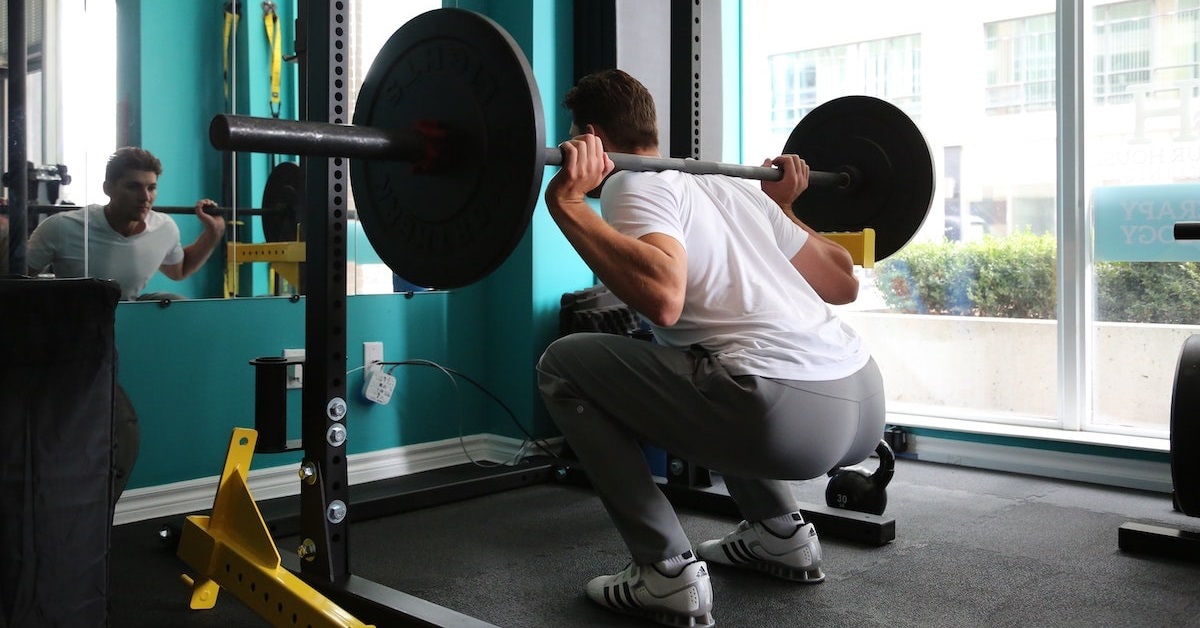 Piriformis syndrome is characterized by sensations of pain and tingling that starts from the buttocks, quickly becoming severe and spreading down the legs. Also known as the "piriformis knot," most patients describe the pain as being the strongest when walking, running, or sitting for a significant amount of time.
Piriformis syndrome is characterized by sensations of pain and tingling that starts from the buttocks, quickly becoming severe and spreading down the legs. Also known as the "piriformis knot," most patients describe the pain as being the strongest when walking, running, or sitting for a significant amount of time.
The pain is caused by the piriformis muscle—a flat and stretched muscle found near the top of the hip joint, which compresses the sciatic nerve. This muscle plays a vital role in lower body movement because it provides stability for the hip joint, and is involved in the lift and rotation of the thigh away from the body. The piriformis muscle is the muscle that allows you to walk, shift weight to either foot, and achieve balance.
Currently, there is no known cause for piriformis syndrome. To diagnose piriformis syndrome, a doctor will typically start by taking note of your medical history and a physical examination to rule out other sciatic pain causes, such as arthritis or other injuries. To rule out herniated discs, you may also be required to get X-rays and other imaging tests.
Most patients diagnosed with piriformis syndrome often have a history of sports-related injuries.
Treating Piriformis Syndrome
There is also no singular way to eliminate the pain caused by the piriformis syndrome, however most physicians agree that their patients benefit from physical therapy.
Because therapy can cause significant discomfort, pain relief medication can be administered, such as piriformis injections. This kind of treatment involves injecting local anesthetic and corticosteroids, helping calm the piriformis muscle, which decreases the spasms and the pain.
That being said, there are other ways of getting piriformis relief. Here are four ways to alleviate the pain and discomfort caused by piriformis syndrome in between physical therapy sessions:
• Dry Needling - Many patients report relief from undergoing dry needling sessions. Dry needling for piriformis syndrome treatment involves the vigorous and direct needling of the piriformis muscle, which can reduce the spasms and the pain. Tracing its origins from the Chinese traditional practice of acupuncture, dry needling therapy has been shown to provide relief throughout several sessions.
• Ice Packs - Applying ice to the area can help reduce swelling and spasms by constricting the muscle’s blood vessels, thereby alleviating some pain. If possible, an ice massage will also help. Limit the procedure to no more than 10 minutes to avoid getting an ice burn.
• Heat Therapy - Alternating heat with cold can help relax the piriformis muscle and prevent it from compressing the sciatic nerve. For this purpose, a patient can use a heating pad to warm the pain center on the buttocks for 20 minutes or less. Make sure not to sleep while using a heating pad to avoid burning.
• Electrotherapy - This kind of treatment involves applying electrical stimulation to your buttocks, helping your piriform muscle relax. This can avoid more episodes of spasms, which usually causes the pain on your sciatic nerve. Electrotherapy can involve the use of a transcutaneous electrical nerve stimulation (TENS) unit.
Consult a Licensed Physician
While each is generally effective, combining one or more of these solutions can increase your chances of recovery. These treatments can help you with pain management while you undergo physical therapy to cure piriformis syndrome for the long term. If you’re looking for the best treatment for you, your best option is to consult with a licensed physician who can better determine your needs and situation.
Dry Needling Therapy in Jacksonville, FL
If you’re looking for a treatment center to get dry needling therapy for piriformis syndrome, we've got you covered. Our services include pain management, physical therapy, and more! Connect with us and book an appointment today.



Dr. Chanatry
Dr. Mike C. Chanatry works with Dr. David K. Rouse providing quality chiropractic care to patients in Jacksonville, FL. If you suffer from back pain, neck pain, arm or leg pain, headache, TMJ, sciatica, or have been involved in an auto accident, our Clinic is located directly across from Jacksonville University on University Blvd N. The physicians at Chanatry Chiropractic can improve your health.